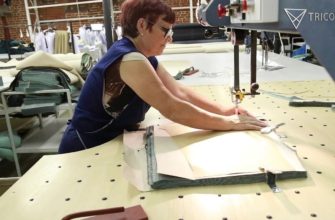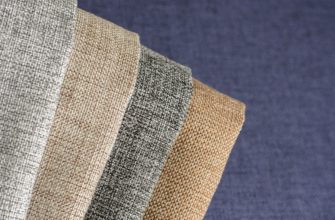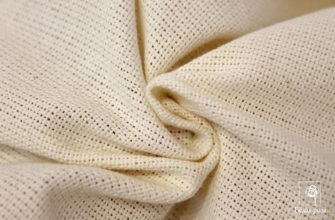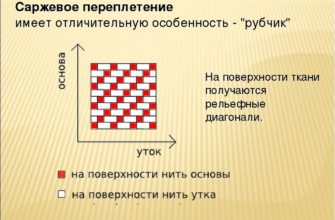It seems that the only thing you can sew from such fabric is a potato sack. In reality, burlap has a much wider range of uses than it seems at first glance. It can even become a gift if you apply a little imagination and use inspiration.
- What is burlap
- Positive properties of the material
- Flaws
- Types of burlap
- Application areas
- Packaging material
- Home use
- At the dacha
- Fashion, clothes, accessories
- Art
- Construction and industry
- Handicrafts, decor
- Decorative burlap for handicrafts
- How to Make a Gift from Burlap
- Gift for March 8th - a flower made of burlap and coffee beans
- Care instructions
What is burlap
Burlap fabric is a coarse, durable material made from threads of natural origin. The fibers are intertwined with each other in a plain weave. Depending on the raw materials used, burlap fabric has a gray, yellow or greenish tint. The fabric looks modest in appearance, has no shine or iridescence. But it is completely natural and has a number of advantages.
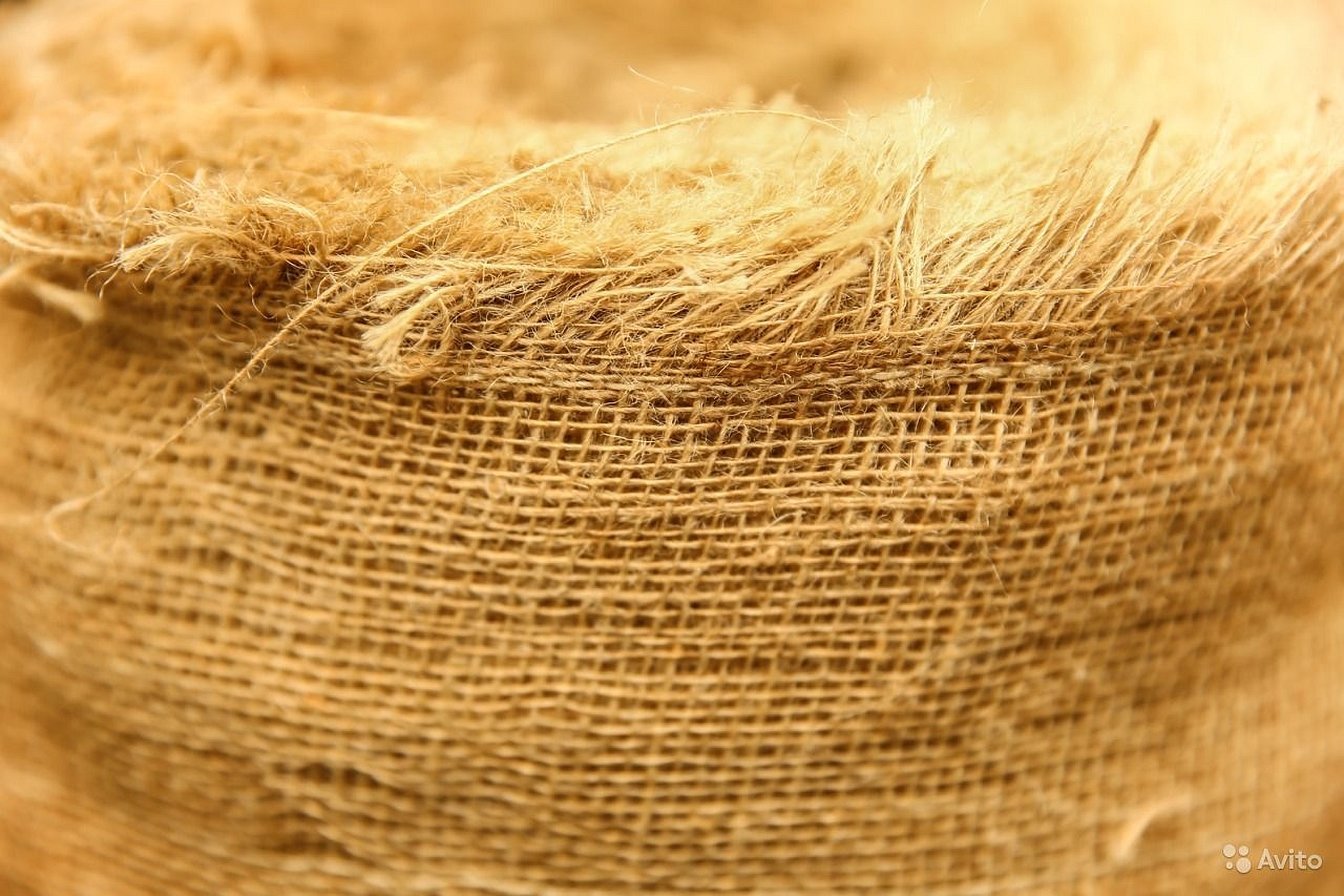
Positive properties of the material
- environmental friendliness;
- excellent breathability due to loose weave;
- absorbs moisture well;
- does not react with chemicals;
- durable and abrasion resistant;
- not susceptible to insect damage;
- texture and unusual texture;
- low cost.
Important! Its most important characteristic is density. Usually it has indicators within 180-400 g/m2, i.e. it can be loose or denser. Burlap is produced in rolls 100-110 cm wide.
Burlap has several disadvantages that need to be taken into account when using the products.
Flaws
- ignites quickly;
- in a damp environment it begins to rot and decompose.
The name of the fabric itself indicates its historical purpose - as a container for bulk products and materials. But burlap was not only used for containers. In the old days, clothes were made from this fabric and called "hair shirt". The modern area of application of the material is much wider, and it is determined primarily by the composition of the fabric itself.
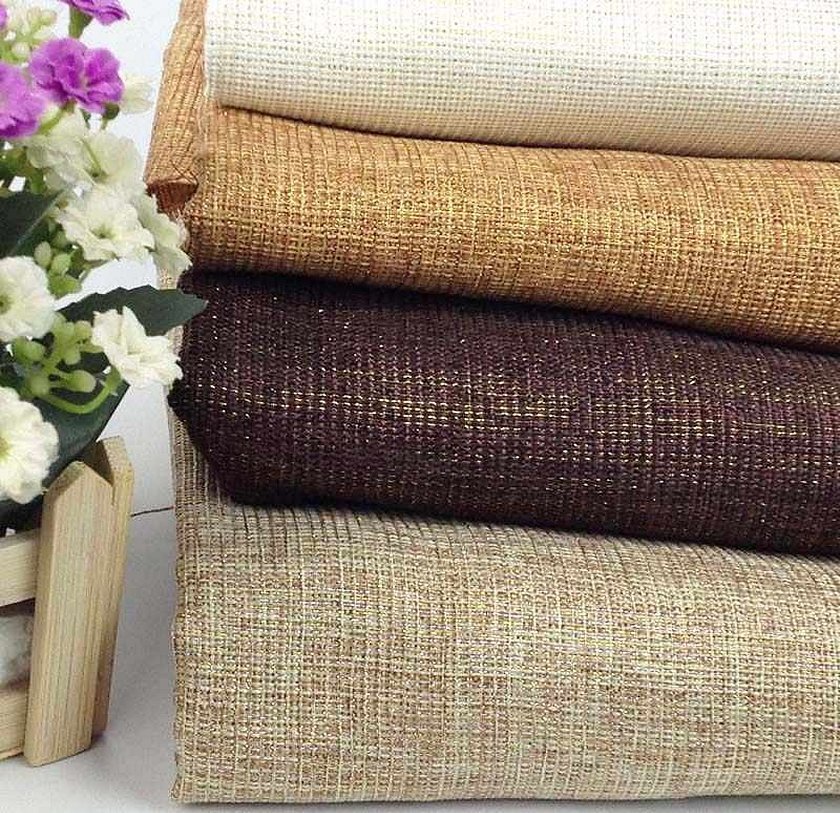
Types of burlap
Modern burlap material can contain both natural and synthetic fibers. According to the type of raw material, the following types are distinguished:
- Hemp or hemp - made from hemp fiber, has increased strength compared to linen and cotton fabric. The product does not rot even in a humid environment, and withstands repeated washings well.
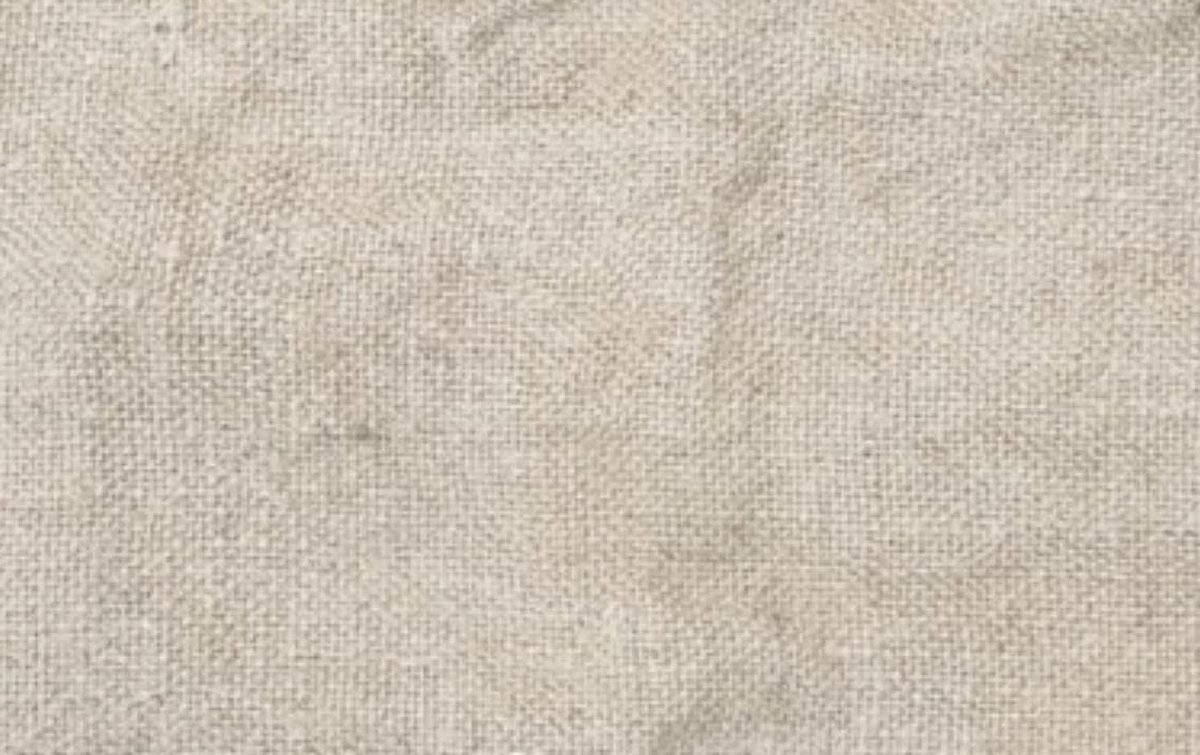
- Linen - woven from the fiber found inside the flax stem. The products are dense, so they are used as containers for small bulk products and materials. A very strong and durable material, the softest of all varieties.
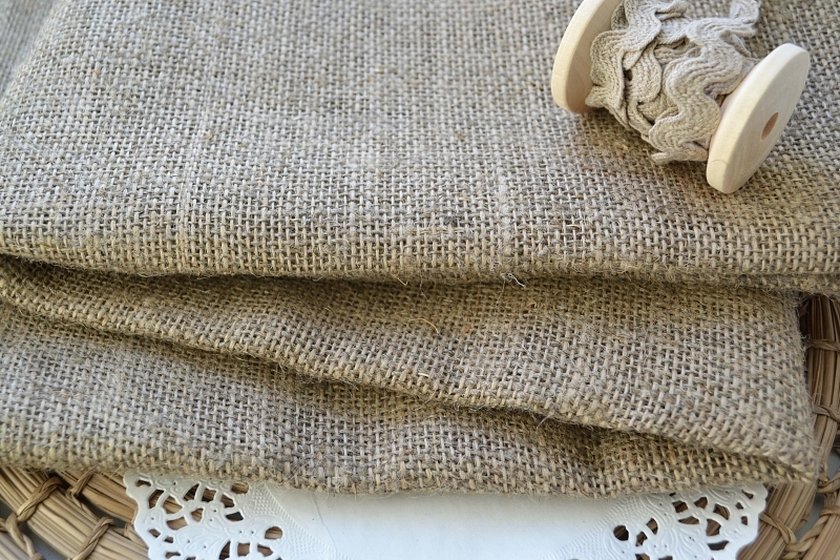
- Jute is a coarse material of a lighter shade than flax. A strong and thick fabric that does not absorb water and does not rot, due to the content of the natural polymer lignin.
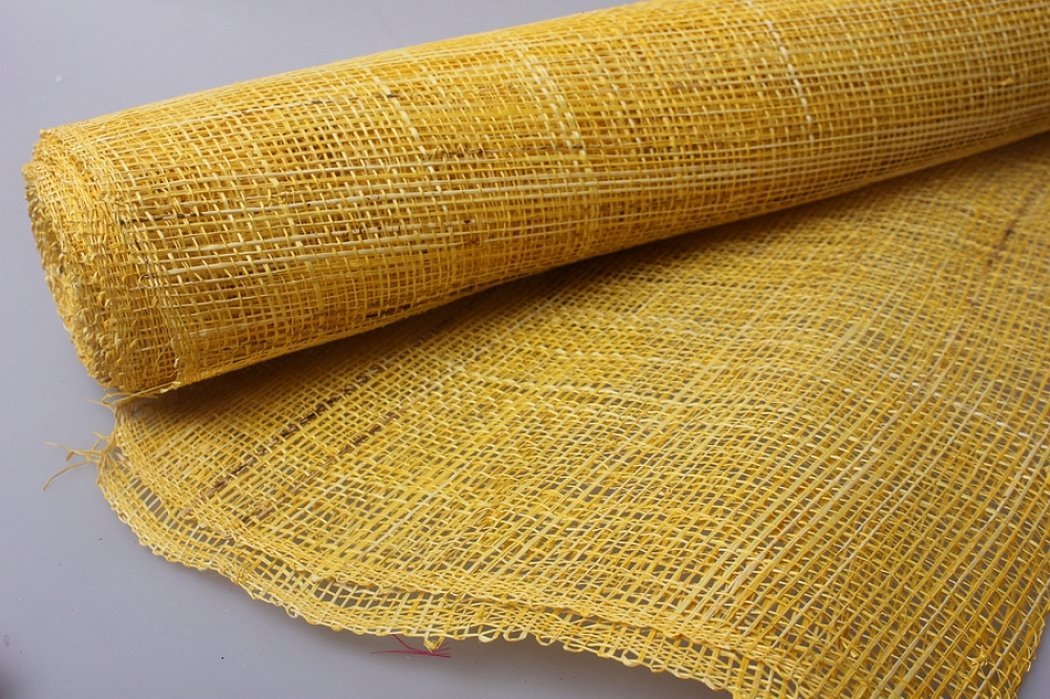
- Bombay hemp (kenaf) is a fabric of Asian origin made from the fibers of a tropical plant.
- Polypropylene is a white fabric made from synthetic fibers. It easily withstands mechanical loads.
In addition to a single-component composition, a material made from a mixture of different fibers is often found, which has a positive effect on the properties and expands the area of application of the fabric.
Application areas
The fabric can safely be called universal, so widely is it used in many areas of life.
Packaging material
Historically, burlap was used for packing all sorts of items. Bulk materials and products were transported in reliable bags, and linen burlap was used for small items. Postal parcels were packed in coarse fabric, even wine bottles were transported securely wrapped in jute fabric. Such packaging is not only durable, but also reusable.
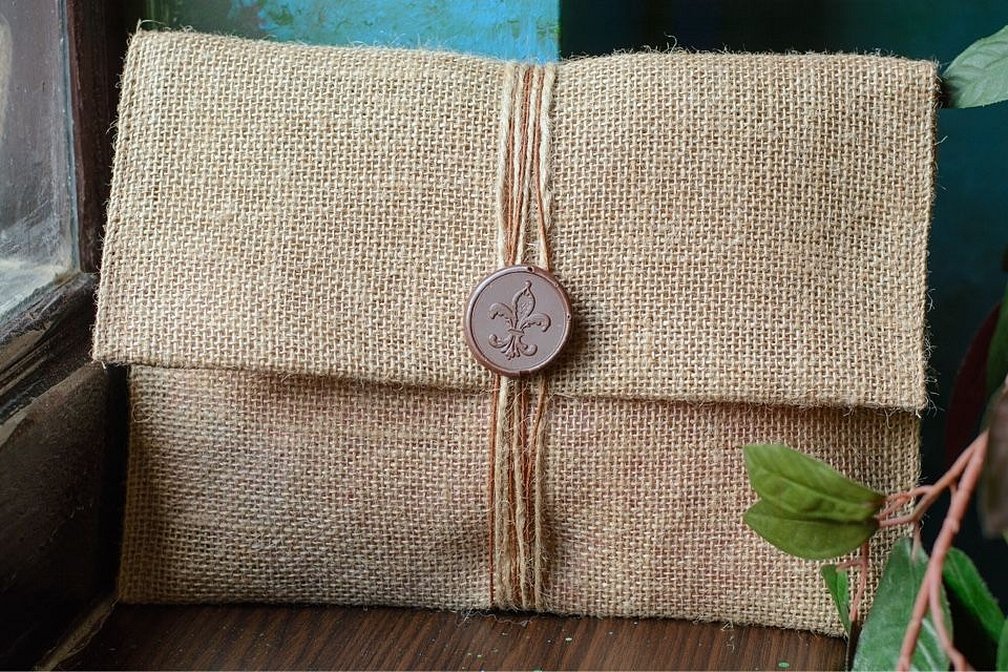
Home use
Burlap is widely used in interior design. Pillowcases, covers, tablecloths, curtains made of it create a special atmosphere in the room, evoke associations with a measured village life. Most often, linen burlap is used for these purposes. Jute and hemp material is used to make spring orthopedic mattresses. Sometimes you can find it in the decoration of walls and ceilings for painting. Due to its hygroscopicity, it is good to use for wet cleaning of premises, both domestic and technical.
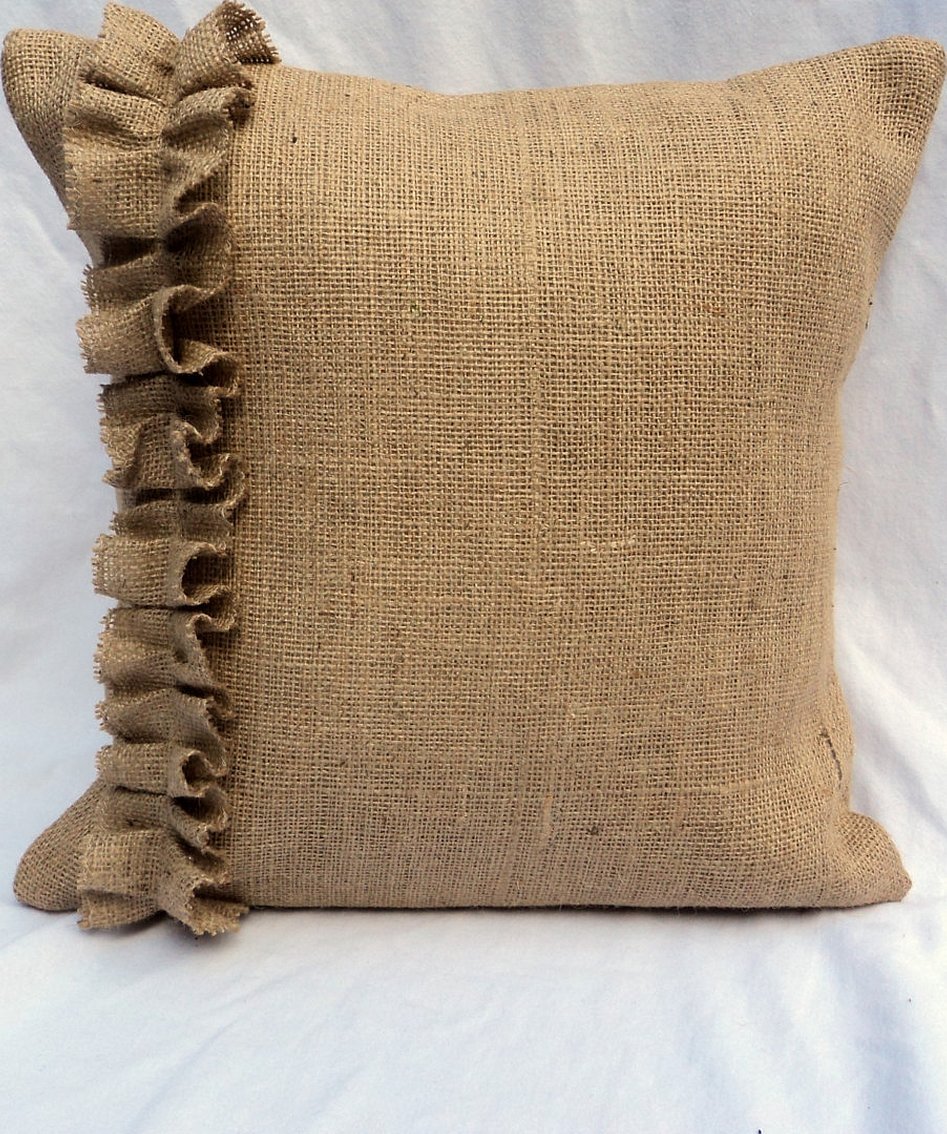
At the dacha
Sack fabric is used as a covering material in the garden and in the field, a protective material for the root system of fruit trees and shrubs. And also for decorating the landscape interior on the garden plot. Jute fabric, which does not absorb moisture and does not rot, is perfect for these purposes.
Fashion, clothes, accessories
Not only vegetable bags can be sewn from burlap. Elegant backpacks and bags, hair accessories, dresses and sundresses - all this is popular with modern fashionistas. Natural colors in clothing are combined with colored burlap, dyed in various shades, which creates a truly unique image.
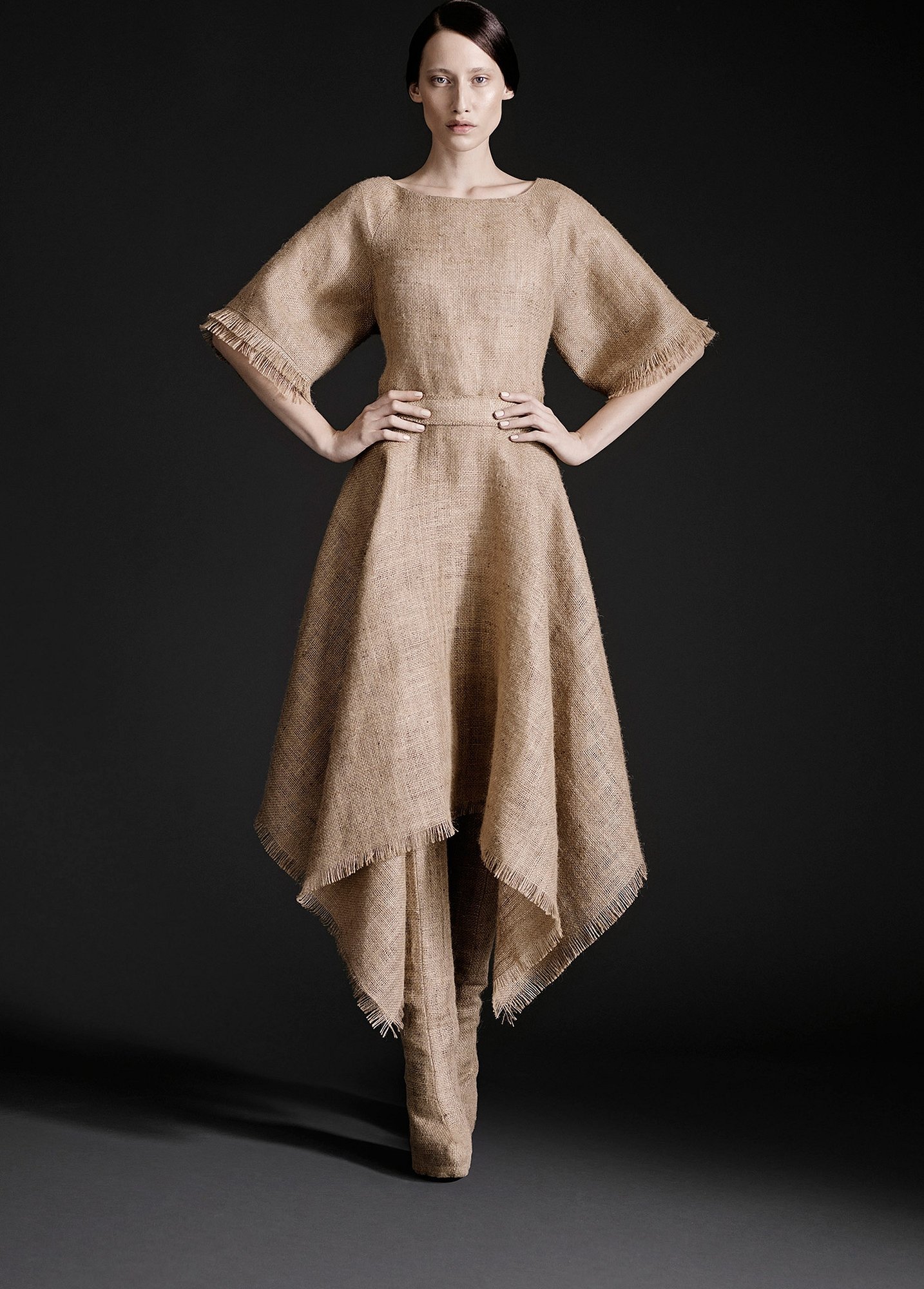
Art
Artists often choose linen as a canvas, on which colors acquire special shades, and the whole work looks completely different due to the relief and texture of the canvas. Theater decorations and curtains are often made for a thematic performance. Theater costumes are decorated with decorative burlap to give them ethnic motifs.
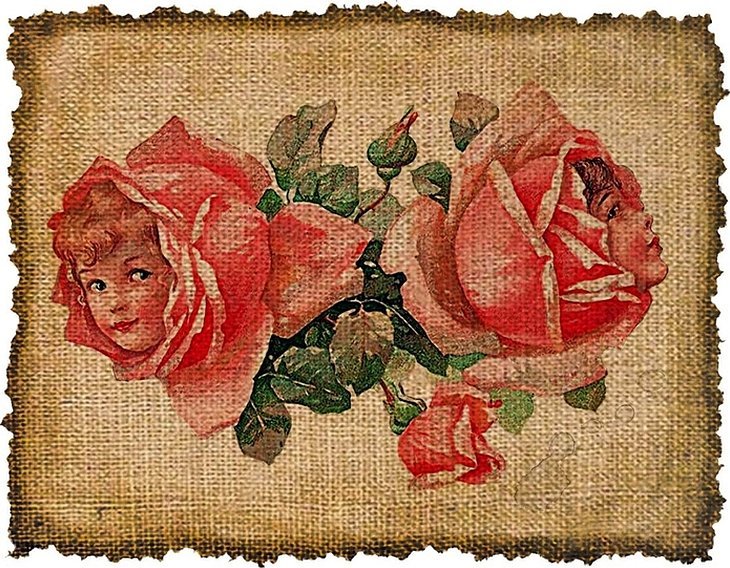
Construction and industry
Burlap is widely used as a primary filter for various liquids. It makes excellent gaskets that have noise-proofing, sound-absorbing and shock-absorbing properties. It is often used as a leveling layer when finishing walls and ceilings.
Handicrafts, decor
Burlap is often used for handicrafts and gift wrapping. It is used to make all kinds of bags, covers, gift bottles, and wrap original bouquets. All this is decorated with ribbons and bows in calm pastel shades and makes a pleasant original gift.
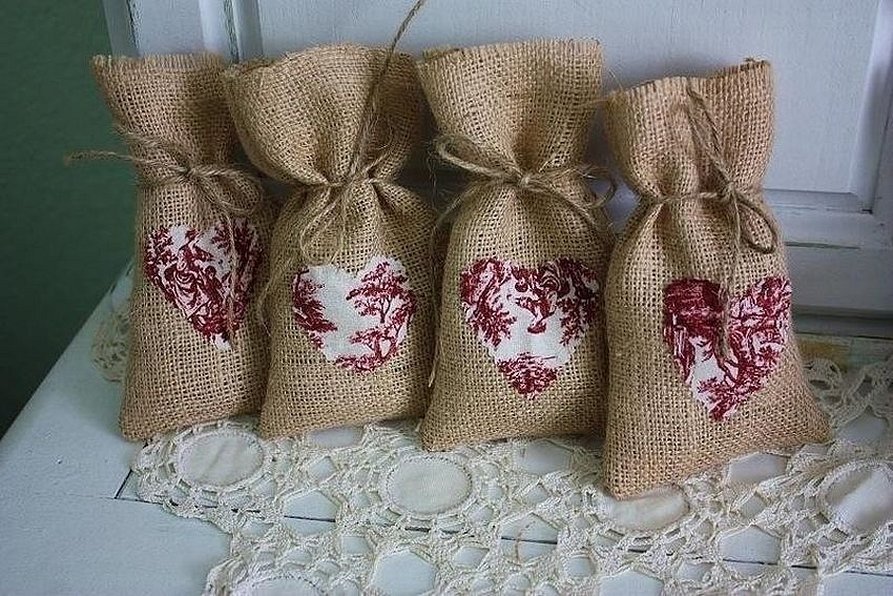
Decorative burlap for handicrafts
Products made of burlap - various figures, flowers, unique flowerpots, wreaths and butterflies - look simple but extremely original at the same time. They can be given as a memorable sign for a certain date or just for no reason. But this gift will always be accepted with pleasure. It will be impossible to take your eyes off the craft. This embroidery or a full-fledged picture made of colored burlap - everything will not only decorate the interior, but will also bring joy to its owner.
How to Make a Gift from Burlap
For handicrafts, jute fabric is most preferable.
Please note! Although it is rougher, it has a special texture. That is why craftswomen love it.
Gift for March 8th - a flower made of burlap and coffee beans
To make it you will need the following materials:
- sackcloth;
- leg-split;
- coffee beans;
- aluminum wire thin and thick;
- glue gun, scissors, pencil;
- rubber ball, Kinder Surprise capsule;
- gypsum, water, container for dilution, spoon;
- pot, small stones.
Manufacturing procedure:
- Draw templates for petals on a sheet of paper and cut them out. Draw the middle of the future flower on cardboard and cut it out.
- Trace the petals onto the burlap using the template; you need to make 6 in total.
- Using a glue gun, glue the twine along the contour of the petals. Also glue a piece of twine along the middle of the petal. Glue half a coffee bean to the top.
- Carefully cut out the petals along the edge.
- Glue the petals one by one to the cardboard center, overlapping them.
- Using hot glue, cover half of the rubber ball with grains. After the glue hardens, squeeze the ball and carefully pull it out. You should get a coffee "cup".
- Glue it to the petals in the middle.
- Wrap pieces of thin wire 20 cm long with twine - these will be branches.
- For the stem, take a thick wire 35 cm long, attach half of the capsule to it and wrap it and the stem itself with twine. During work, "tie" the branches to the stem.
- Glue the stem to the petals with a coffee center.
- Dilute the gypsum with water. Put some pebbles on the bottom of the pot, install the stem with the flower and fill everything with gypsum.
Please note! You will get an original gift that can be additionally decorated with burlap - either the pot itself, or make more flowers using the same pattern and glue them to the branches.
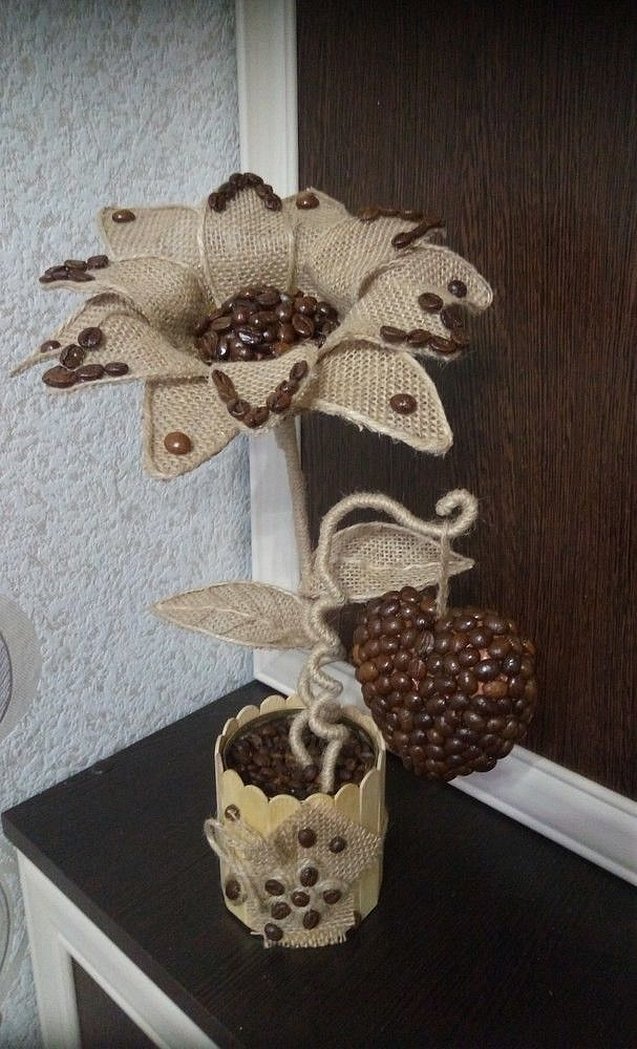
Care instructions
It is quite easy to care for burlap. Bags and packaging material should be well dried and mechanically cleaned from dust and dirt. If necessary, they can be washed in a washing machine using any detergents. Clothes and accessories can also be washed. Then they need to be steamed using a steam iron or damp cloth. The main rule for caring for burlap is to avoid prolonged contact with moisture, air and dry the products in a timely manner.
Natural, durable fabric steadily holds its position, not inferior to modern and fashionable materials. And all because naturalness and natural origin will always be in demand.

